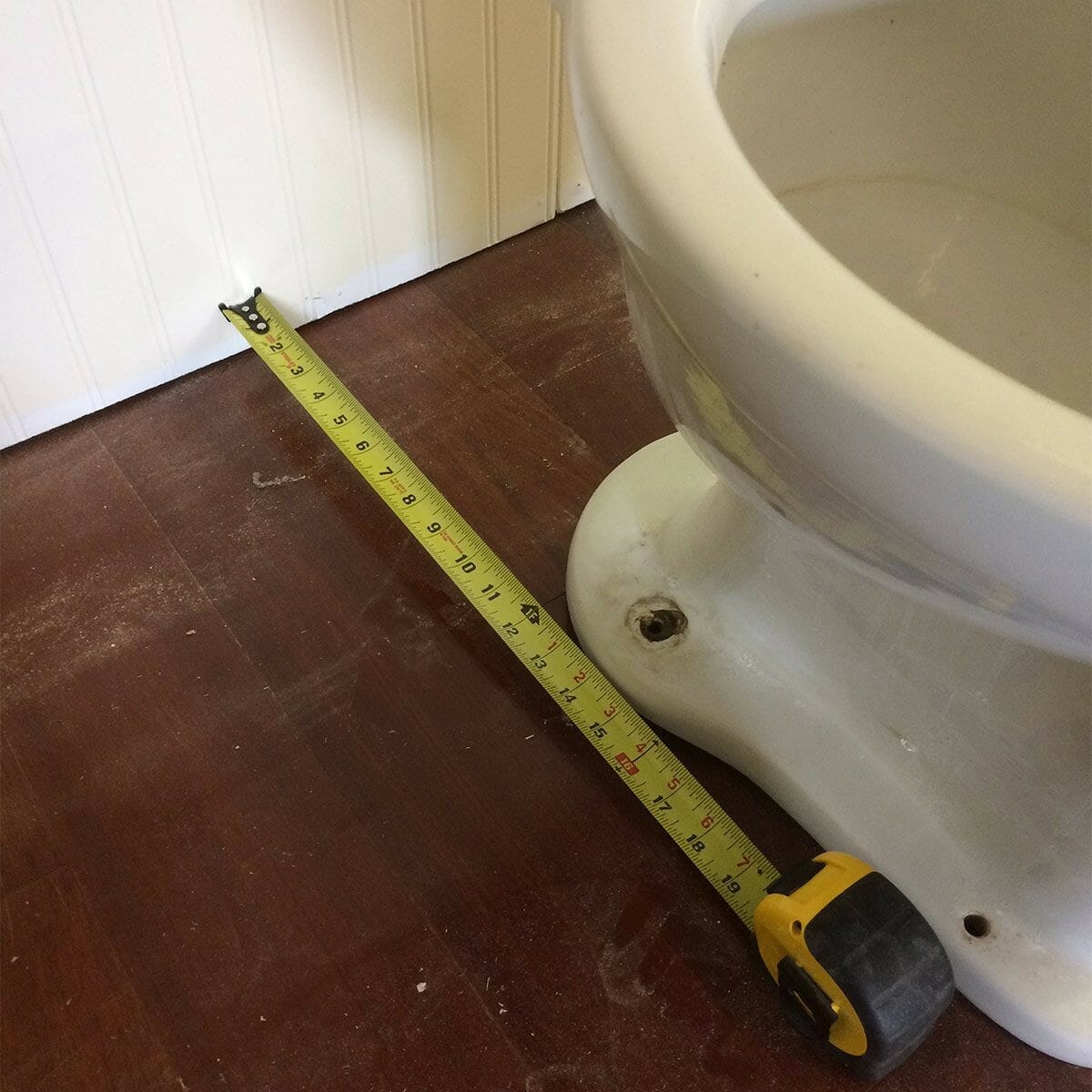

Articles
What Is Toilet Rough In
Modified: May 6, 2024
Learn about toilet rough in measurements and why they are important in bathroom remodeling. Read more about toilet rough in articles here.
(Many of the links in this article redirect to a specific reviewed product. Your purchase of these products through affiliate links helps to generate commission for Storables.com, at no extra cost. Learn more)
Introduction
When it comes to bathroom renovations or installing a new toilet, there are various technical terms and measurements that one needs to be familiar with. One such term is “toilet rough in”. While it may sound unfamiliar, understanding what toilet rough in means and its significance is essential to ensure a successful and hassle-free toilet installation.
To put it simply, the toilet rough in refers to the distance between the wall behind the toilet and the center of the drainpipe where the toilet waste is flushed into the sewer system. This measurement is crucial to ensure that the toilet fits properly and functions correctly. Failing to get the toilet rough in measurement right can result in a misaligned or poorly functioning toilet, leading to leaks, clogs, or even structural damage.
In this article, we will delve deeper into the concept of toilet rough in, its significance in toilet installation, the common measurements used, and the factors to consider when determining the rough in measurement for your toilet.
Key Takeaways:
- Proper toilet rough in measurement is crucial for alignment, performance, and preventing structural damage. Consider existing plumbing, available space, and toilet model compatibility for a seamless installation.
- Common toilet rough in measurements include 10, 12, and 14 inches, with options to adjust using offset flanges or relocating the drainpipe. Seek professional advice for accurate measurements and adjustments.
Read more: What Is A Rough In Plumbing
Definition of Toilet Rough In
Toilet rough in is a crucial measurement that determines the positioning and alignment of a toilet during installation. It refers to the distance between the wall behind the toilet and the center of the drainpipe where waste is flushed into the sewer system. This measurement is typically taken from the finished wall to the center of the drainpipe.
The toilet rough in measurement is essential because it ensures that the toilet fits properly and aligns with the plumbing system. If the rough in measurement is incorrect, it can lead to various issues, such as leaks, inefficient flushing, and difficulty in connecting the toilet to the plumbing system.
It is important to note that the toilet rough in measurement may vary depending on the construction of the building and the plumbing system. Older homes or buildings may have different rough in measurements compared to newer constructions. Therefore, it is essential to measure the rough in distance accurately before purchasing a new toilet or planning a bathroom renovation.
The toilet rough in measurement is typically expressed in inches, with the most common measurements being 10 inches, 12 inches, and 14 inches. However, other measurements, such as 8 inches or 16 inches, may also be found in some older or unique plumbing setups.
It is crucial to ensure that the toilet rough in measurement matches the available space in your bathroom and aligns with the existing plumbing system to avoid any installation issues. Properly measuring the toilet rough in helps you select the right toilet model and ensures a seamless installation process.
Next, let’s explore the importance of toilet rough in in more detail.
Importance of Toilet Rough In
The toilet rough in measurement plays a vital role in the successful installation and functionality of a toilet. Here are some reasons why understanding and getting the toilet rough in right is crucial:
- Proper Alignment: The toilet rough in measurement helps ensure that the toilet aligns perfectly with the plumbing system. It ensures that the toilet waste pipe lines up correctly with the drainpipe, preventing leaks and blockages.
- Optimal Performance: A correctly measured and installed toilet rough in ensures optimal performance of the toilet. The right rough in measurement allows for efficient flushing and proper waste disposal, reducing the risk of clogs or inadequate flushing.
- Prevention of Structural Damage: Incorrect toilet rough in measurements can lead to misalignment and improper support of the toilet. This can cause stress on the plumbing connections, cracks in the toilet bowl, or even damage to the floor or walls. Getting the rough in measurement right ensures that the toilet is properly supported and prevents any potential structural damage.
- Choice of Toilet Models: Knowing the toilet rough in measurement helps in selecting the right toilet model. Not all toilets are designed to fit every rough in measurement. By understanding the rough in distance, you can narrow down your options and choose a toilet that will fit perfectly in your bathroom.
- Smooth Installation: A correct toilet rough in measurement ensures a smooth and efficient installation process. With the accurate measurements in hand, you can avoid unnecessary adjustments, modifications, or even returns of toilets that don’t fit the space correctly.
- Cost Savings: Getting the toilet rough in measurement right the first time can help you avoid costly mistakes. Proper alignment and installation prevent issues like leaks, clogs, and damage that may require costly repairs or replacements down the line.
Understanding the importance of toilet rough in helps to prioritize accurate measurements and ensures that the toilet installation is a seamless and trouble-free process. Now, let’s move on to understanding the concept of toilet rough in measurement in more detail.
Understanding the Toilet Rough In Measurement
Understanding how to measure the toilet rough in is essential for a successful toilet installation. Here are the key steps involved in determining the toilet rough in measurement:
- Locating the Finished Wall: Identify the position of the finished wall behind the toilet. This is the wall surface that will be in contact with the toilet tank.
- Locating the Center of the Drainpipe: Measure the distance from the finished wall to the center of the drainpipe where the waste is flushed into the sewer system. The center of the drainpipe is typically located directly below the center of the flange, which is the connection piece between the toilet and the drainpipe.
- Taking the Measurement: Use a measuring tape to measure the distance between the finished wall and the center of the drainpipe. Make sure to measure accurately, as even a slight variation can affect the alignment and functionality of the toilet. Record the measurement in inches.
- Verifying the Measurement: It is always a good practice to double-check the rough in measurement to ensure accuracy. Measure the rough in distance on multiple occasions to confirm the consistency of the measurement.
Once you have determined the toilet rough in measurement, you can proceed with selecting a toilet model that matches the measurement or making adjustments if necessary. Keep in mind that the rough in measurement should be within the range for which the chosen toilet model is designed.
It is worth mentioning that if you are unsure or uncomfortable with taking the rough in measurement yourself, it is recommended to consult a professional plumber who can accurately measure and advise you on the best course of action for your specific bathroom setup.
Now that we have covered the steps to determine the toilet rough in measurement, let’s explore the factors to consider when deciding on the rough in measurement for your toilet.
The toilet rough-in refers to the distance between the wall and the center of the toilet’s drainpipe. It’s important to measure this distance before purchasing a new toilet to ensure a proper fit. Common rough-in measurements are 10, 12, and 14 inches.
Factors to Consider for Toilet Rough In
When determining the toilet rough in measurement, there are several factors that need to be taken into consideration. These factors will help ensure that the toilet fits properly and functions optimally in your bathroom. Here are the key factors to consider:
- Existing Plumbing Setup: Assess the existing plumbing setup in your bathroom. Determine the location of the drainpipe and the distance from the finished wall to the center of the drainpipe. This will serve as a starting point in determining the rough in measurement.
- Available Space: Measure the available space in your bathroom to determine the maximum rough in measurement that can comfortably fit. Consider factors such as the distance from walls, cabinets, or other fixtures that may impact the placement of the toilet.
- Building Codes and Regulations: Check local building codes and regulations regarding toilet rough in measurements. Some areas may have specific requirements that dictate the minimum or maximum rough in distance allowed.
- Plumbing Adjustments: Evaluate if any plumbing adjustments can be made to accommodate a specific toilet rough in measurement. In some cases, minor adjustments may be possible, such as relocating the drainpipe or installing an offset flange.
- Future Renovations: Consider any potential future renovations or changes to the bathroom layout. Choosing a toilet rough in measurement that allows flexibility for future modifications can save you from unnecessary headaches down the line.
- Toilet Model Compatibility: Ensure that the toilet model you intend to install is compatible with the chosen rough in measurement. Manufacturers often provide toilet models that are specifically designed for different rough in measurements, such as 10 inches, 12 inches, or 14 inches. Verify that the toilet model you select matches the rough in measurement you have determined.
- Professional Advice: If in doubt or facing challenges in determining the toilet rough in measurement, seek professional advice. Consulting a plumber or bathroom renovation expert can provide valuable insights and guidance to ensure a successful toilet installation.
Considering these factors will help you make an informed decision regarding the toilet rough in measurement for your bathroom. It ensures that the toilet is properly installed, aligned with the plumbing system, and optimally positioned for efficient usage.
Now, let’s explore some of the common toilet rough in measurements that you are likely to come across.
Read more: How To Rough In A Bathtub
Common Toilet Rough In Measurements
When it comes to toilet rough in measurements, there are several standard measurements that are commonly used in residential construction. These measurements refer to the distance between the finished wall and the center of the drainpipe. The most common toilet rough in measurements are:
- 10 Inches: The 10-inch rough in measurement is one of the most common measurements found in modern homes. It is measured from the finished wall to the center of the drainpipe, providing a suitable distance for most standard toilets.
- 12 Inches: The 12-inch rough in measurement is another widely used option. It offers a slightly greater distance from the wall to the center of the drainpipe, accommodating toilets with larger tank sizes or elongated bowls.
- 14 Inches: The 14-inch rough in measurement is less common but may be found in some older homes or unique plumbing setups. It provides an extended distance between the wall and the center of the drainpipe.
- Other Measurements: In addition to the commonly used measurements mentioned above, there are other less common options such as 8 inches, 16 inches, or even custom measurements. These are typically found in older homes or non-standard plumbing configurations and may require special toilets or adaptation.
When selecting a toilet, it is crucial to ensure that the rough in measurement of the toilet matches the available space and the existing plumbing setup in your bathroom. Choosing a toilet with the correct rough in measurement ensures a proper fit and smooth installation process.
In some cases, if the rough in measurement does not align with the standard options available, there are solutions such as offset flanges or adjustable rough in toilet models that can help accommodate the specific requirements of your bathroom.
Understanding the common toilet rough in measurements provides a starting point in selecting the right toilet model for your bathroom. However, it is important to note that every bathroom configuration is unique, and it is recommended to measure and confirm the rough in distance accurately before making a final decision.
Next, let’s delve into how to adjust the toilet rough in measurement if necessary.
Adjusting Toilet Rough In Measurement
In some cases, you may find that the existing toilet rough in measurement does not align with the available toilet options or your desired placement. However, there are a few options available for adjusting the toilet rough in measurement:
- Offset Flanges: An offset flange is a plumbing accessory that can be used to adjust the rough in measurement. It allows you to shift the position of the toilet slightly to the left or right to accommodate a different rough in measurement. Offset flanges are available in various sizes and offsets, providing flexibility in adjusting the toilet position.
- Rough-In Extenders: Rough-in extenders are another option for adjusting the toilet rough in measurement. These extenders are placed between the toilet flange and the toilet itself, effectively increasing the distance between the drainpipe and the finished wall. They come in different sizes, allowing you to add the necessary extension to achieve the desired rough in measurement.
- Relocating the Drainpipe: In some cases, if major bathroom renovations are being undertaken, it may be possible to relocate the drainpipe to adjust the rough in measurement. This option requires professional plumbing expertise and should be carefully evaluated based on the feasibility and cost-effectiveness of the overall project.
- Custom Toilet Manufacturing: For unique situations where standard options and adjustments are not feasible, custom toilet manufacturing may be considered. Custom toilets can be made to accommodate specific rough in measurements or unusual plumbing configurations. However, this option is generally more expensive and tends to have longer lead times.
It is important to note that adjusting the toilet rough in measurement can sometimes involve more complex plumbing work and may require the expertise of a professional plumber. This is especially true for options such as relocating the drainpipe or custom toilet manufacturing. Consulting a professional plumber will ensure that the adjustments are done correctly and in compliance with local building codes and regulations.
Before making any adjustments, carefully evaluate the costs, benefits, and implications of each option. Consider the feasibility of the adjustment in relation to your overall renovation plans and budget. It is crucial to plan ahead and consult with professionals to guarantee a seamless and successful bathroom renovation process.
Now that you have an understanding of how to adjust the toilet rough in measurement, let’s wrap up the article.
Conclusion
Understanding and considering the toilet rough in measurement is an essential aspect of a successful toilet installation or bathroom renovation. The toilet rough in measurement determines the distance between the wall behind the toilet and the center of the drainpipe, ensuring proper alignment, optimal performance, and prevention of structural damage.
When determining the toilet rough in measurement, factors such as the existing plumbing setup, available space, building codes, and toilet model compatibility should be taken into account. Accurate measurement and proper selection of a toilet model that matches the rough in measurement are crucial for a seamless installation process and long-term functionality.
Common toilet rough in measurements include 10 inches, 12 inches, and 14 inches, although other measurements may also be found in unique plumbing setups. In cases where the rough in measurement needs to be adjusted, options such as offset flanges, rough-in extenders, or even relocating the drainpipe can be considered. However, it is important to seek professional advice and evaluate the feasibility of each option.
By understanding the importance of toilet rough in, considering the factors involved, and making informed decisions, you can ensure a successful toilet installation that meets your specific needs and requirements.
In conclusion, measuring and understanding the toilet rough in measurement is essential for a well-functioning and properly aligned toilet. Taking the time to accurately measure, select the right toilet model, and make necessary adjustments will save you from future plumbing issues and provide peace of mind. If in doubt, don’t hesitate to consult a professional plumber who can guide you through the process and ensure a smooth installation.
With this knowledge in hand, you are now equipped to confidently tackle your toilet rough in measurement and embark on your bathroom renovation journey.
Now that you've got a handle on toilet rough-in measurements, why not tackle the next step in your bathroom makeover? If you're curious about how long it takes to transform a bathroom from blah to spa, our detailed guide on bathroom renovations will shed some light. We break down the timeline and offer tips to help streamline the process. Don't let timing uncertainties hold you back; get all the insights you need for a smooth renovation journey.
Frequently Asked Questions about What Is Toilet Rough In
Was this page helpful?
At Storables.com, we guarantee accurate and reliable information. Our content, validated by Expert Board Contributors, is crafted following stringent Editorial Policies. We're committed to providing you with well-researched, expert-backed insights for all your informational needs.
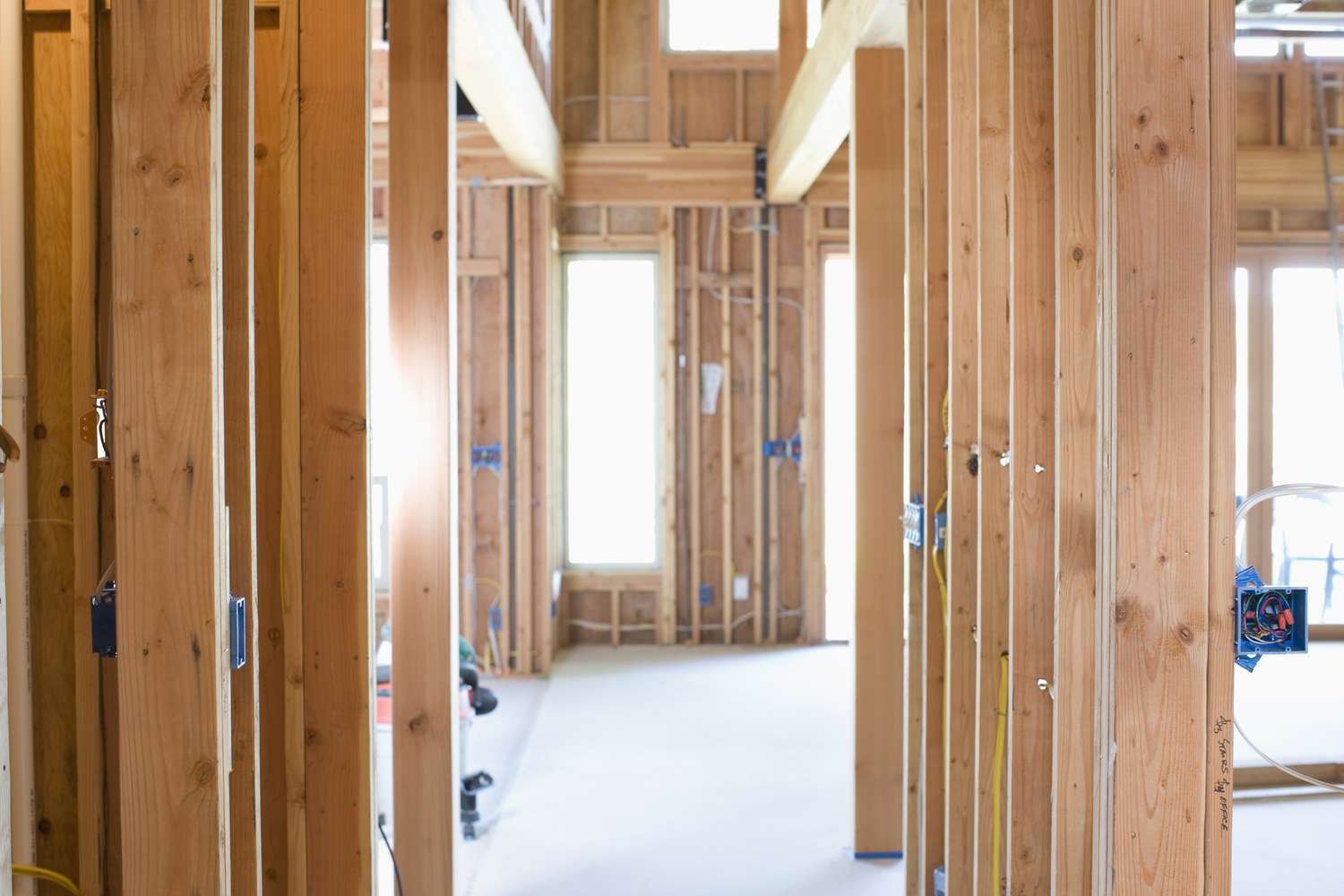

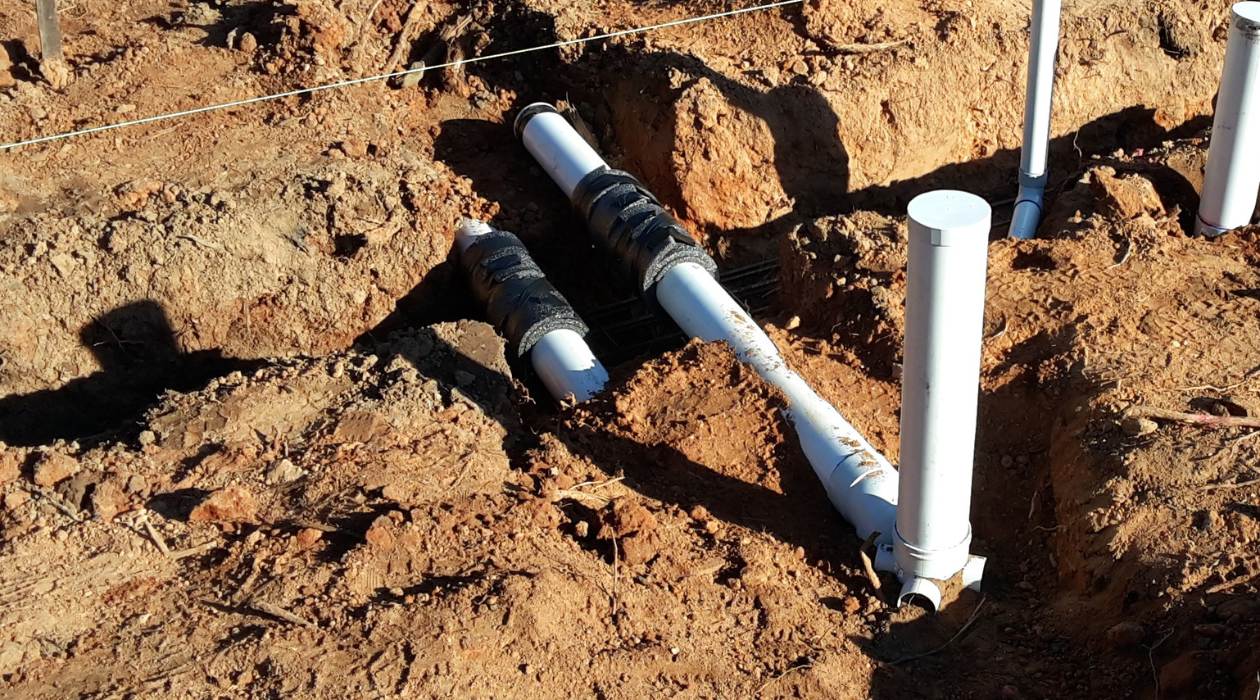

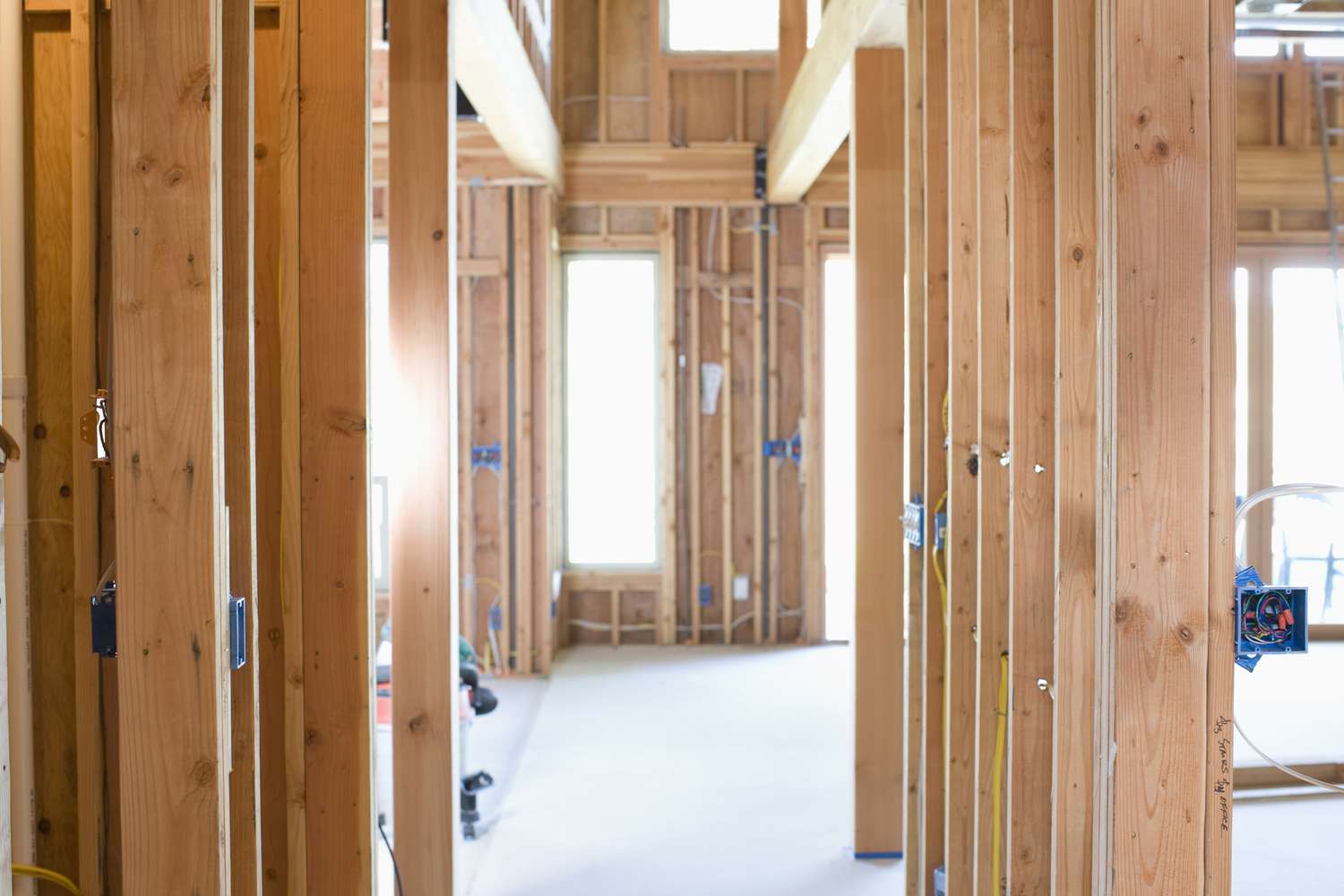
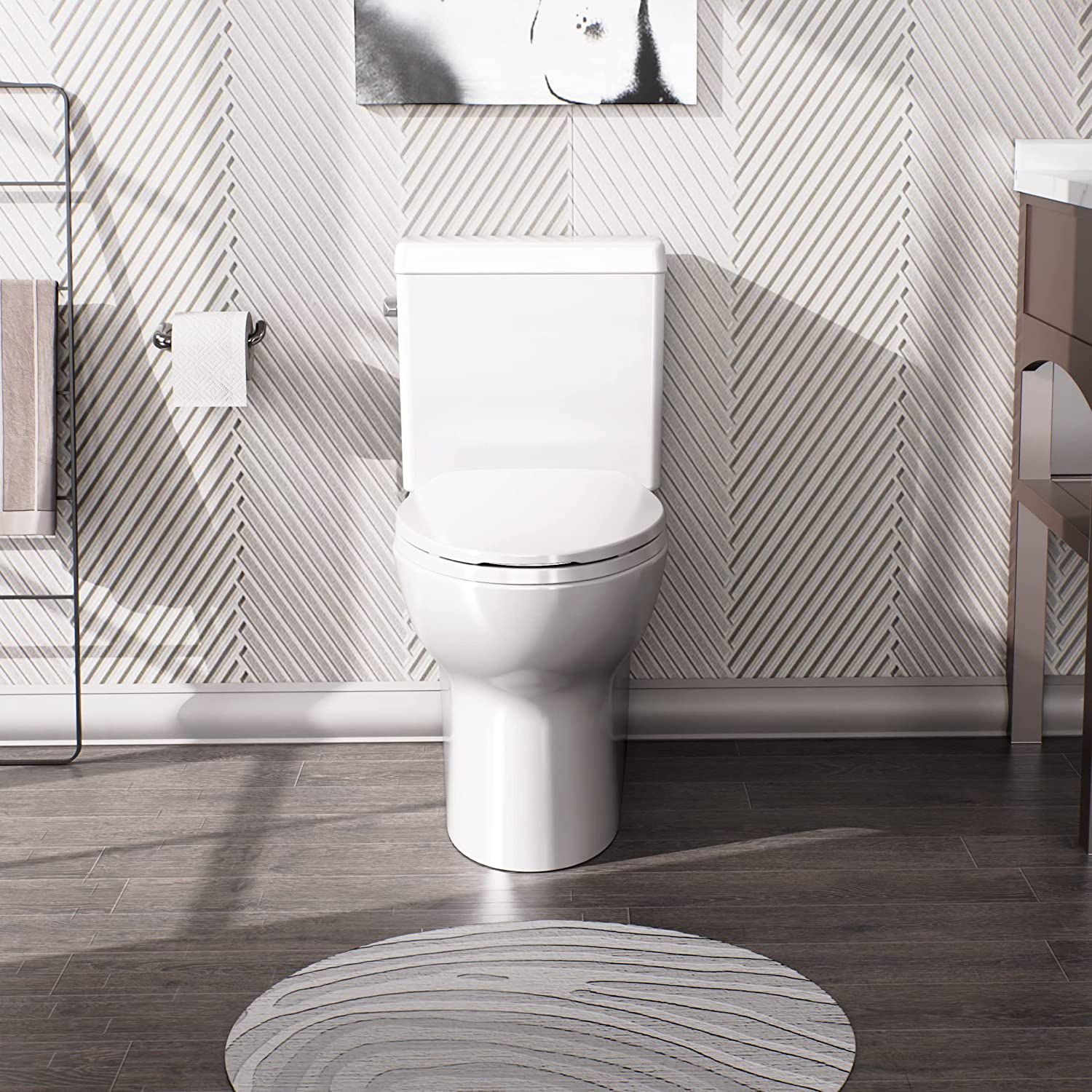

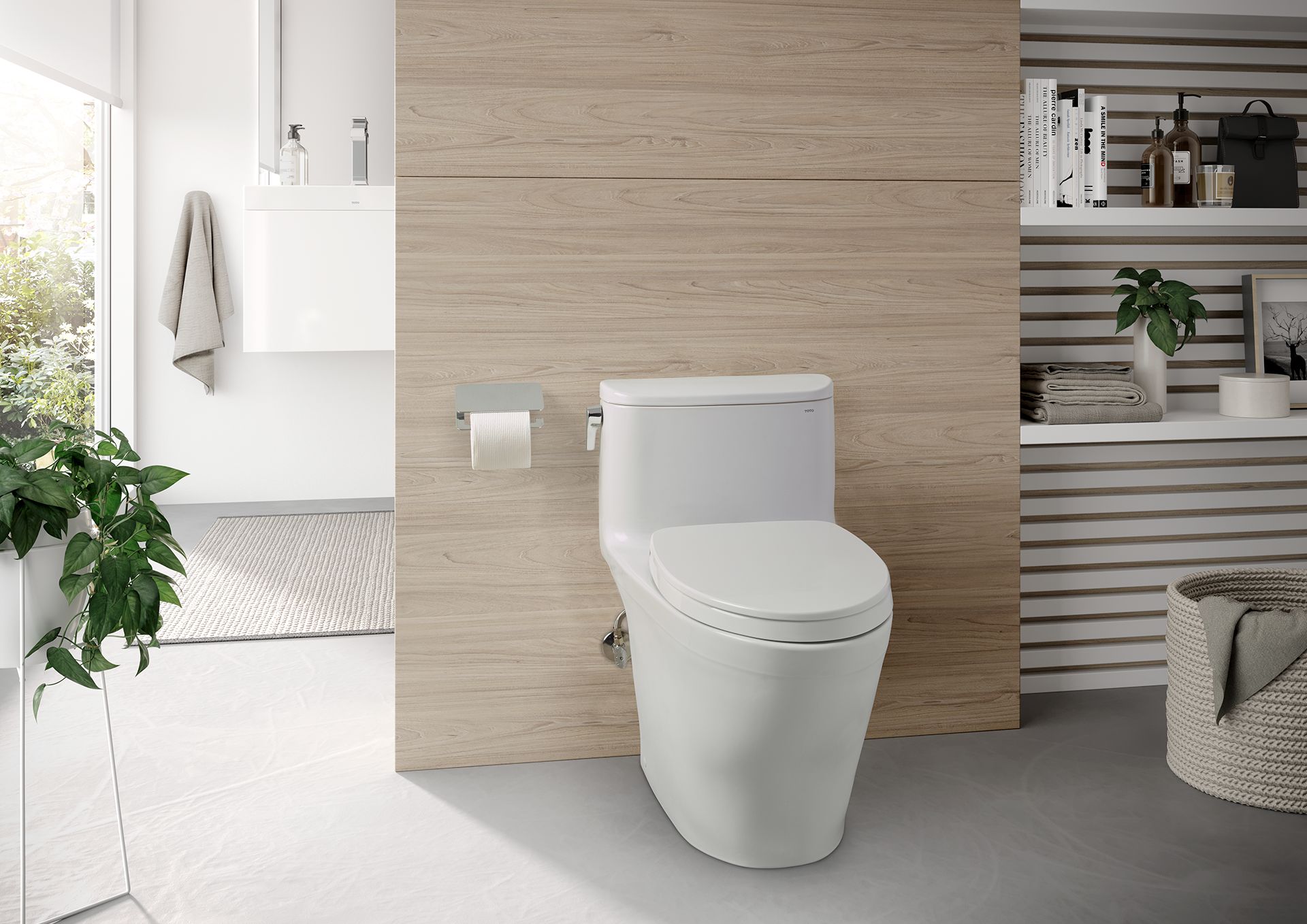
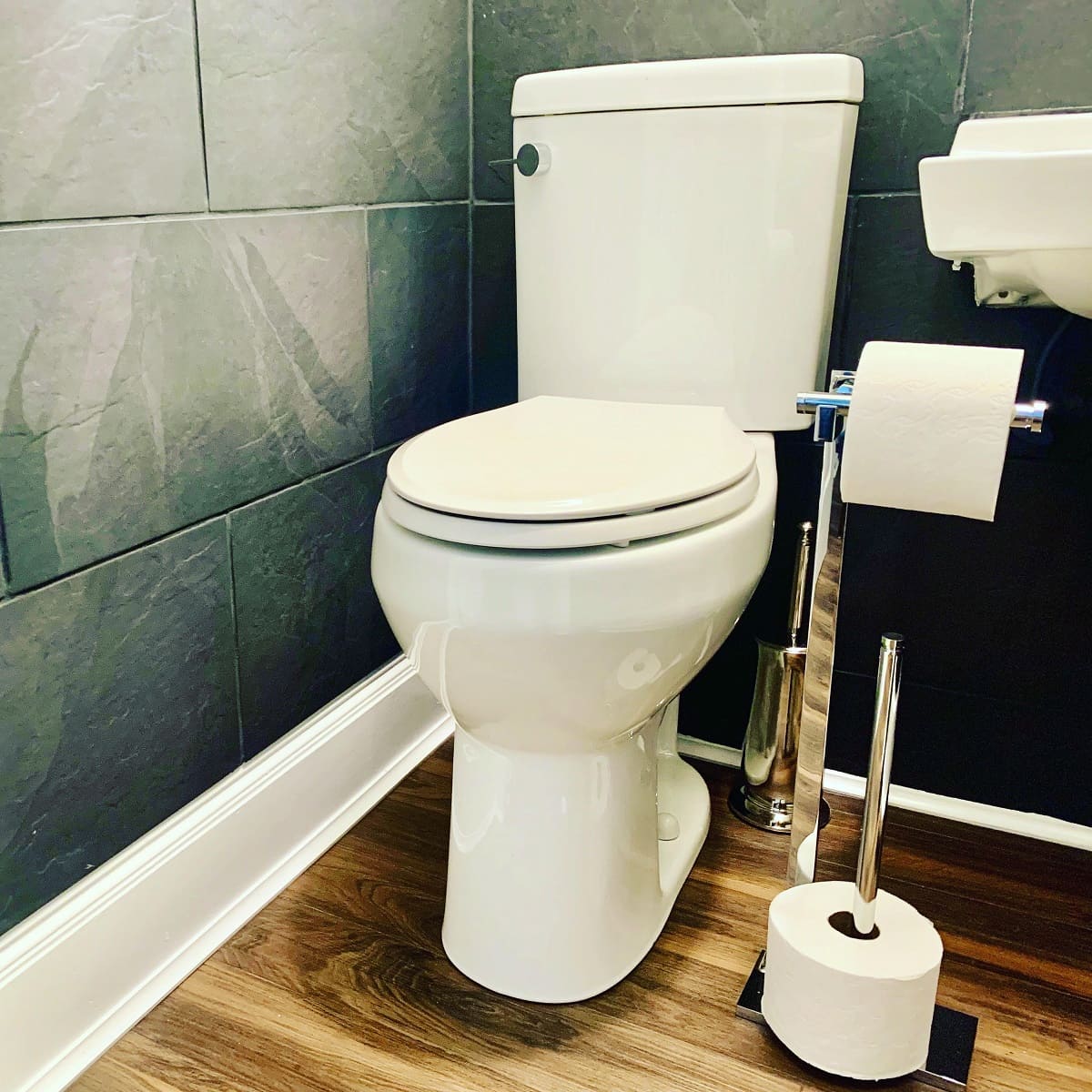

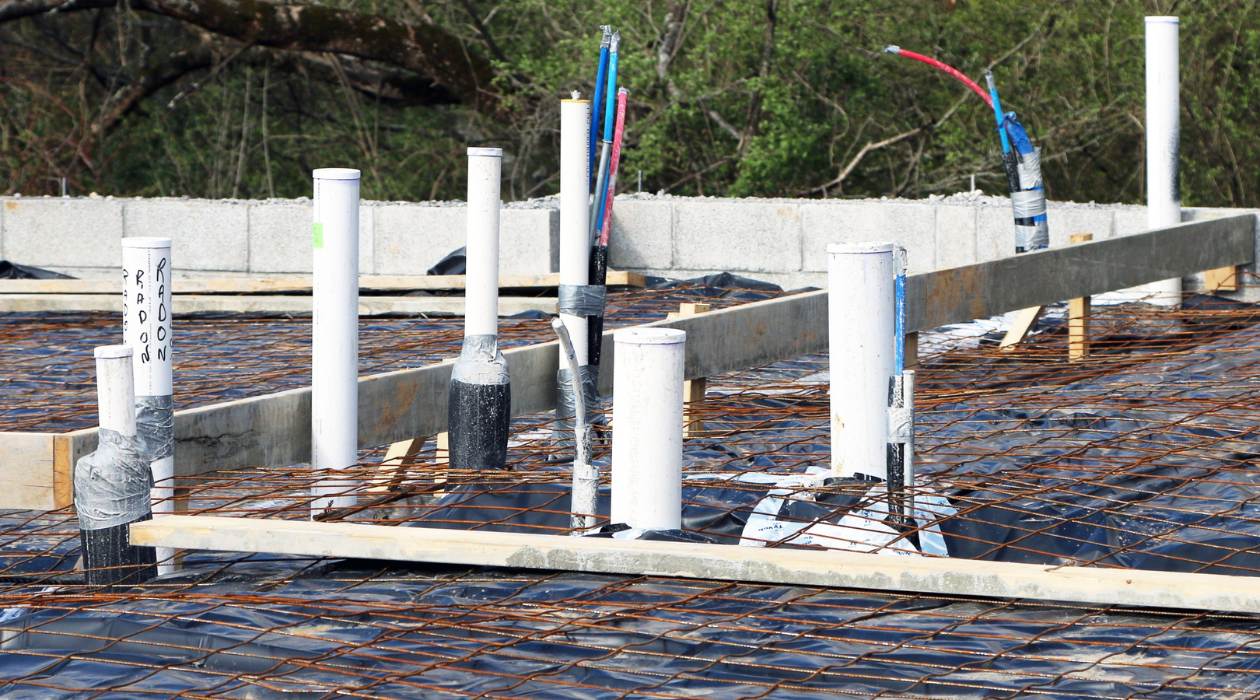
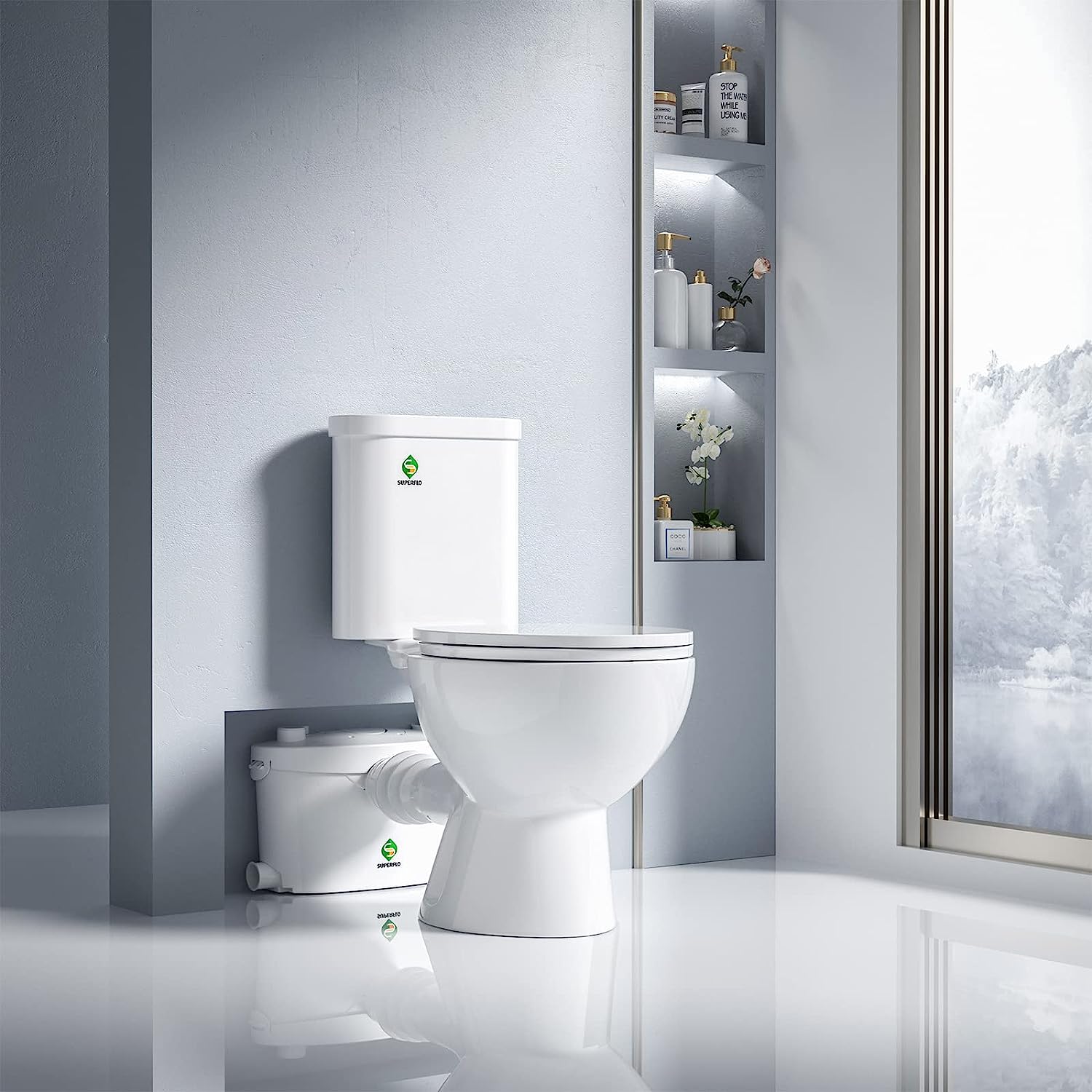
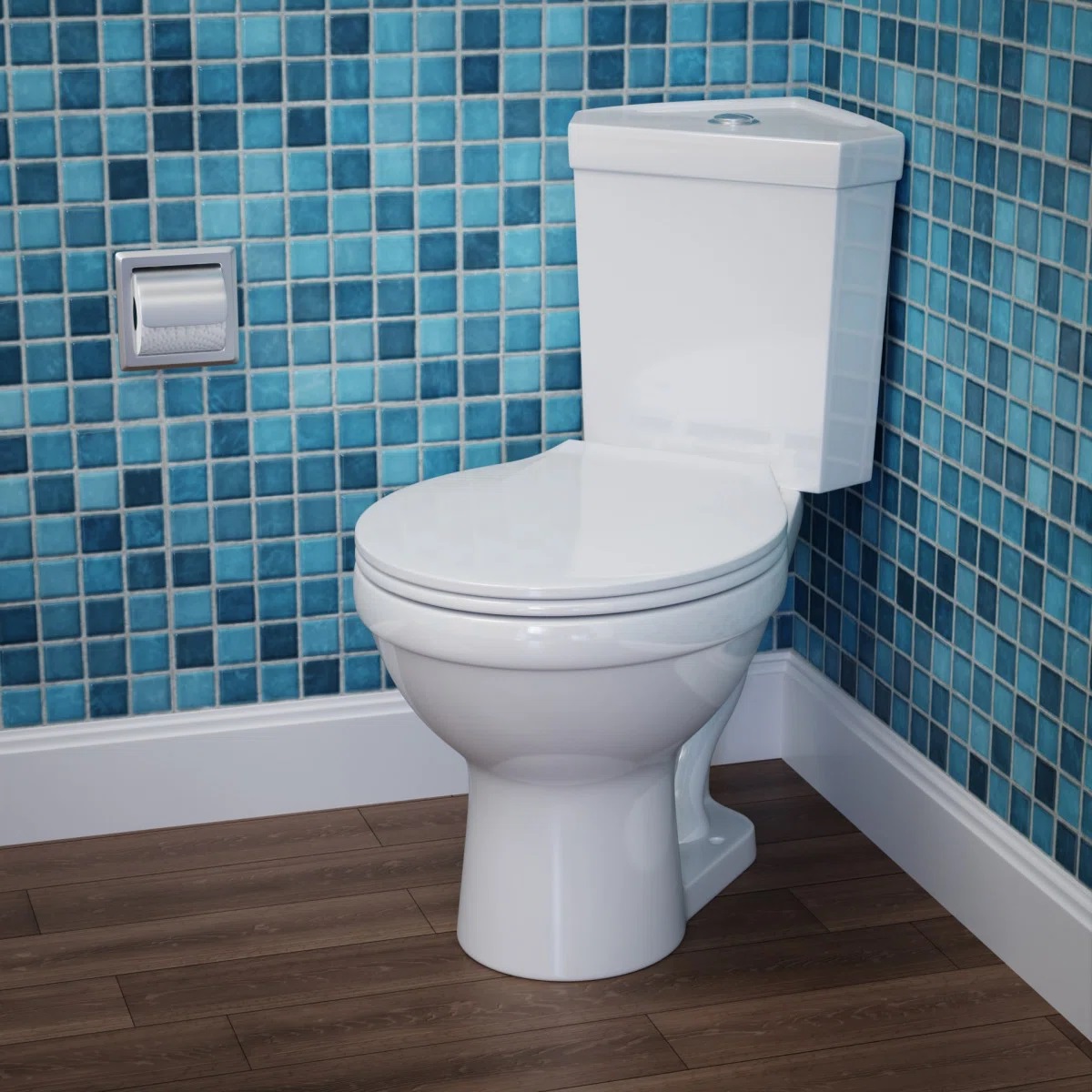
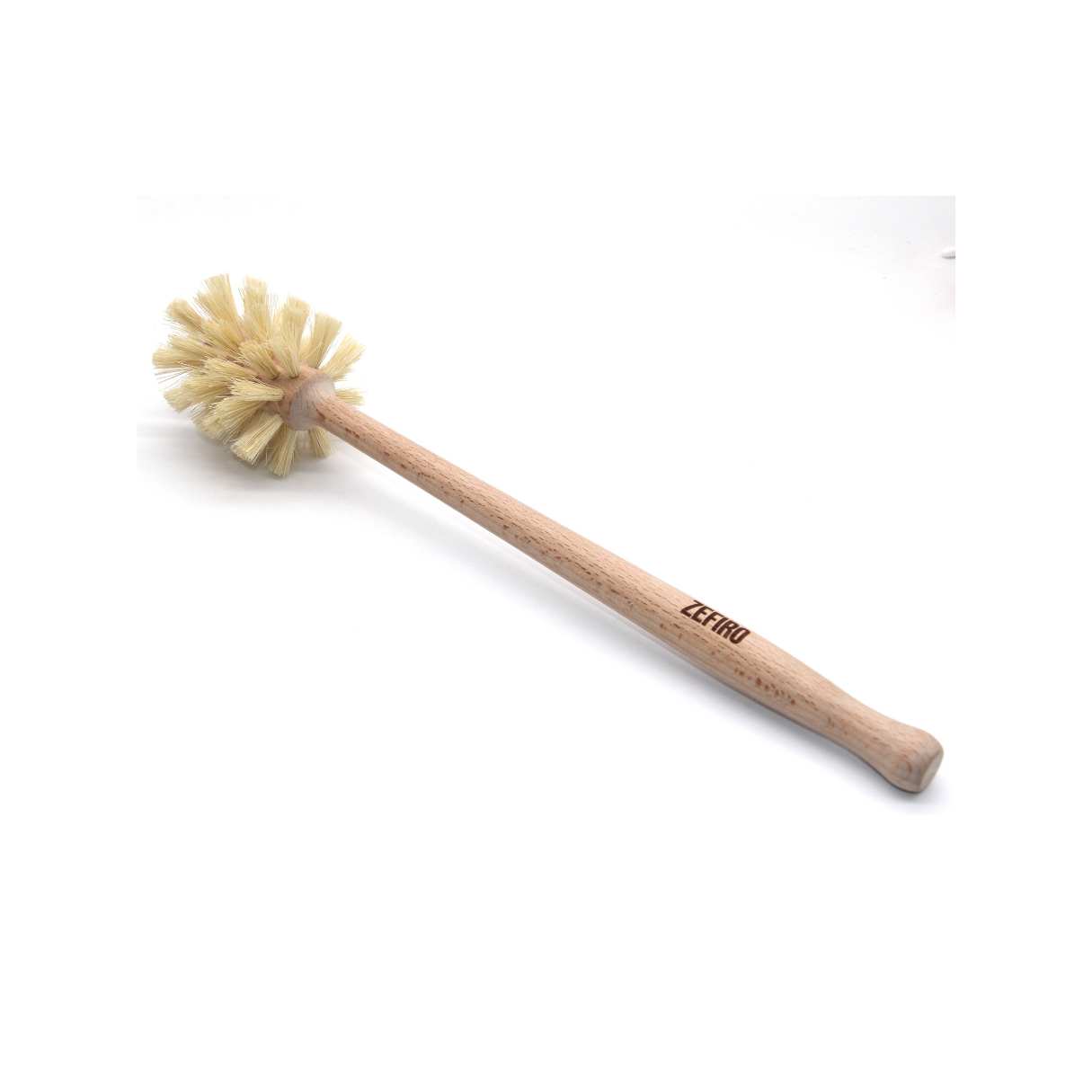

0 thoughts on “What Is Toilet Rough In”